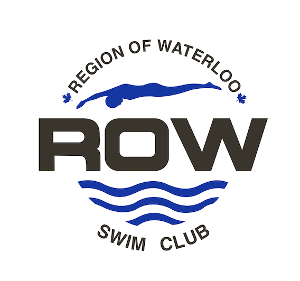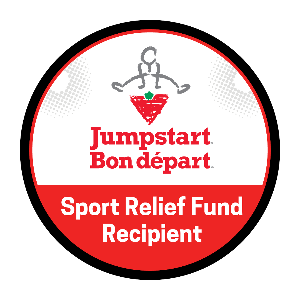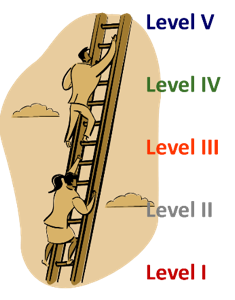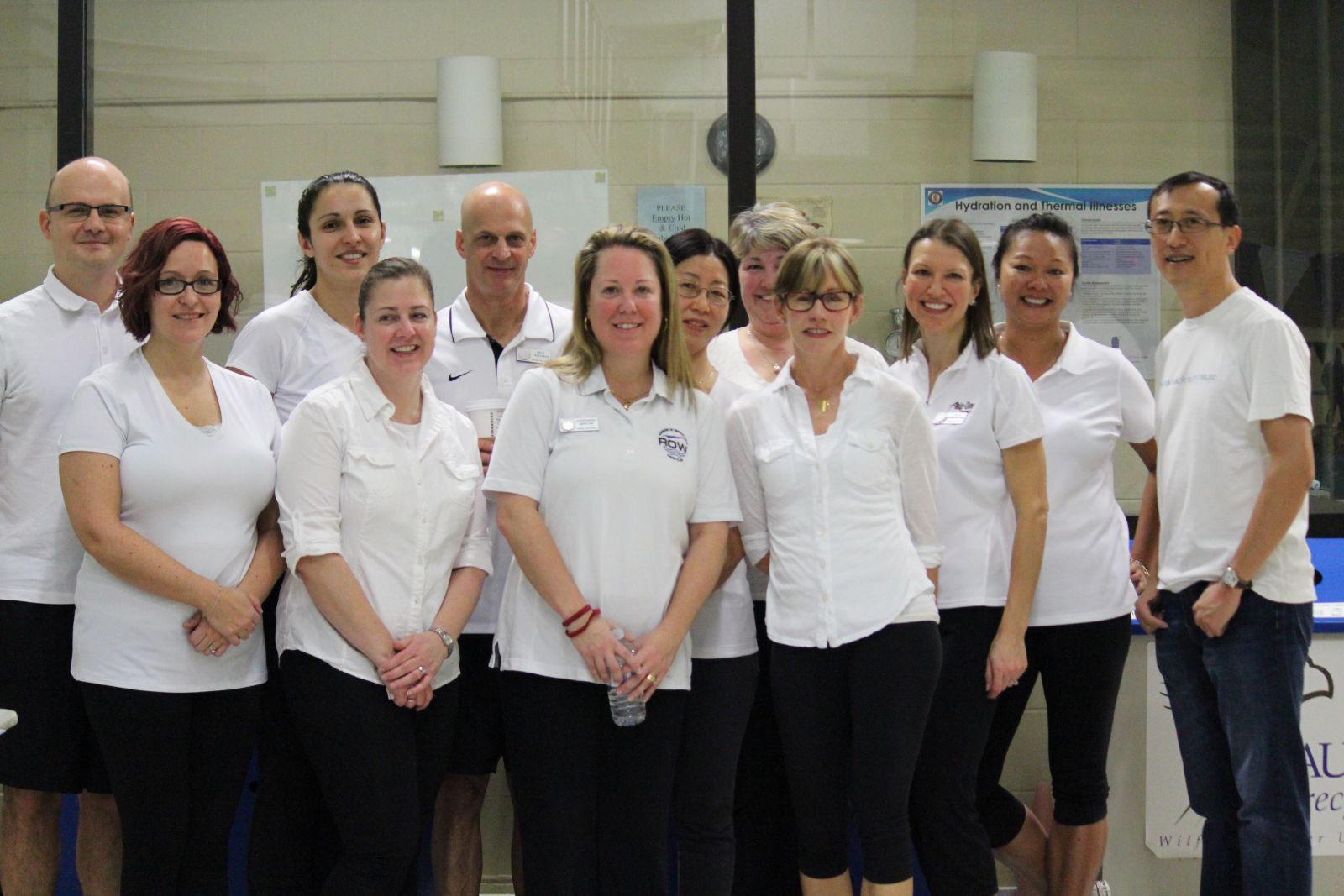Officiating
Each season, Region of Waterloo (ROW) swim club hosts several Swim Ontario sanctioned meets. To have our meets sanctioned by Swim Ontario, ROW must have registered and qualified officials and maintain the Officials Development Program as per Swim Ontario Procedure (see Swim Ontario Procedure - Age Group Club Officials Development Program). Participating in officiating activities at swim meets is a fun and rewarding experience. You get to be up close with your children on deck and watch them perform. You meet other parents from our club and from other clubs while helping ROW to host a successful swim meet.
Expectations of ROW Parents
As part of the registration process, parents of ROW competitive swimmer are expected to:
- Register as Official with Swim Canada
- Attend necessary swimming officiating clinics
- Officiate at ROW meets if your swimmer is in the meet.
The club's Meet Management officials ([email protected]) are happy to guide new volunteers through the process. ROW's Family Participation Program provides details on the allocation of points for each role.
Swimming Official Education and Training
As illustrated in the below figure, there are five different Swimming Official Levels as defined by Swimming Canada. As your swimmer progresses to higher levels within the club and to ensure the club eligibility to host sanctioned meets for your swimmer, you are expected to progress up the Officiating Ladder. The education and development pathway can be found by clicking on the following link: Swim Ontario Education and Development Pathway.
Figure 1: The five officiating levels.
As your swimmer progresses to higher levels within the club and to ensure the club eligibility to host sanctioned meets for your swimmer, you are expected to progress up the Officiating Ladder. ROW official development plan specifies the clinics and the Officiating level to be completed by one or both parents of the swimmer. They are as follow:
- All parents of beginning competitive swimmers must take Introduction to Swimming Officiating, and Stroke & Turn/Head Lane Timer clinics. In addition to taking clinics, you must gain on deck experience and attempt to get two successful evaluations at each of the above officiating positions.
Note: To be a certified Level I official, you must have two successful evaluations as a Timekeeper which is covered in the Introduction to Swimming Officiating clinic.
- When your swimmer progresses to higher levels, you must take other officiating clinics, gain the necessary on deck experiences and achieve successful evaluations at these positions. The additional officiating clinics/positions are: Clerk of Course, Recorder Scorer, Chief Timekeeper, Chief Finish Judge & Chief Judge Electronics, Meet Manager and Starter.
Note: To be a certified Level II official, you must be a certified Level I official, have two successful evaluations at Stroke & Turn/Head Lane Time position, and have two successful evaluations at one more position (i.e., Clerk of Course, Chief Timekeeper, Chief Finish Judge, Chief Judge Electronics, Meet Manager or Starter).
- When your swimmer is at the highest levels in the club, you should be working toward completing your Level III and move beyond. To be a certified Level III official, you must be a certified Level II official and obtain two successful evaluations for each remaining officiating positions. You must also take the Referee clinic.
Officiating Clinics
Throughout the swimming season, announcement of various officiating clinics will be emailed out to all ROW parents. The club needs its membership to take an active role in moving Up the Officiating Ladder. So please do what you can to get involved. While the process may seem daunting at first, it is personally rewarding. For more details of the certification process, please click on Swim Ontario Certification Process Explained.
The club needs its membership to take an active role in moving Up the Officiating Ladder so please do what you can to be involved. While the process may seem daunting at first, it is really fun and not difficult to move up the officiating ladder. If you need further clarification or have a special request, do not hesitate to contact Tam Nguyen ([email protected]).
Description of Official's Positions/Clinics
- Intro to Swimming Officiating (Level I) covers the timekeeper position on the deck. You will learn about swimming, the official, the coach and the introductory information to be a timekeeper on the deck. Recommended minimum age is 14 years old.
- Safety Marshal (level I) covers the Safety Marshal position on the deck. It is recommended that it be given when the Intro to Swimming Officiating Clinic is given.
- Inspectors of Turns and Judge of Stroke (Level II) - In this clinic, you will learn all the rules of the swimming strokes, turns and finishes. This clinic has videos and demonstrations that generate discussion. This clinic covers two positions on the deck: Inspector of Turn and Judge of Stroke. Recommended minimum age is 16 years old.
- Clerk of Course (Level II) - The Clerk of Course is a position that requires knowledge of the competition and its rules. They are responsible in making sure athletes are assigned heats and lanes and will ensure swimmers arrive at their assigned lanes for their swims. They are assisted by Marshals. They may also act as an information booth and first point of contact for coaches to hand in documents such as scratches, deck entries, etc.
- Chief Timer (Level II) - In this clinic, you will learn the role of Chief Timer. As the name implies, the Chief Timer is in charge of making sure that the timers are fulfilling their duties. The Chief Timer also troubleshoots situations that occur with the timers.
- Chief Finish Judge / Chief Judge Electronics (Level II) - These clinics are given together as both of these roles have the responsibility of assigning official times to races. The Chief Judge Electronics (CJE) closely observes the operation and function of an automatic electronic timing system and approves the times produced by that system. The Chief Finish Judge (CFJ) determines official times through the use of manual (stop watches) and semi-automatic (plunger) timing devices. Experience as both a Chief Finish Judge and as an electronics operator is beneficial before working as a Chief Judge Electronics.
- Recorder / Scorer (Level II) - In this clinic, you will learn how to record and score results and placings for every swim. Most meets now use some type of Meet Management software to help with this. Swim meet experience is the best way to learn this position. It is called Desk Control in the Swimming Canada rule book. Deck evaluations are not required for this clinic.
- Meet Manager (Level II) - As the name implies, the meet manager makes sure that the swim meet runs smoothly from all aspect of the competition including but not limited to off-deck and office duties. Mentoring is crucial in learning this position. It is a demanding but very fulfilling position.
- Starter (Level II) - The central point of the Starter’s role is to ensure a fair start for all swimmers. The Starter and the Referee must work as a team to ensure fair and consistent starts throughout the session.
- Referee (Level III) - In this clinic, you will learn the role of Referee (the General Manager). The Referee is in charge of all aspects of the “field of play”. The Referee clinic should be taken once most Level III requirements are achieved (see certification process). This position will require more mentoring and experience before evaluations are conducted. The Clinic also touches on the role of the Competition Coordinator (meet referee). It is recommended to attend this clinic every two years to ensure referees are up-to-date with current rules and regulations.
The Official Certification Card
Once you have taken the Intro to Swimming Officiating and answered the questionnaire, you may be given an Officials Certification Card (OCC). Make sure to bring this card with you when you attend a clinic. The course conductor will initial and date the appropriate clinic information once the clinic is done and you have completed the questionnaire.The first column has the clinic name, the middle column is for when you have taken the clinic and the last column is for your on-deck evaluations. The card has a front (displayed here) and back portion. It is important for the official to keep their Club Official Administrator informed of any new additions to the Certification Card in order for the official's record to be updated on the Swimming Canada registration system.






